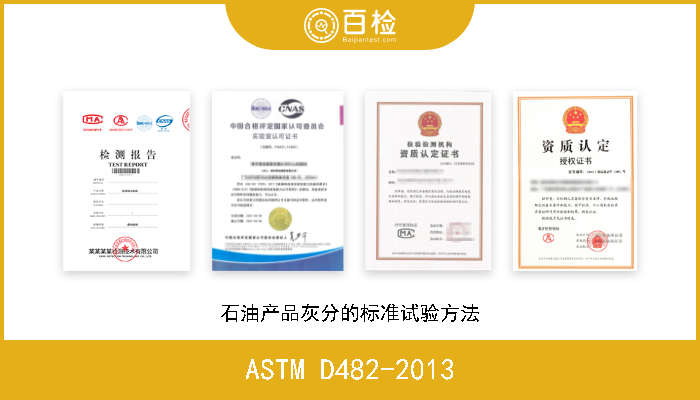SAE J 2517-2010 混合动力III系箱形电位器校准规程
百检网 2021-08-05
标准号:SAE J 2517-2010
中文标准名称:混合动力III系箱形电位器校准规程
英文标准名称:Hybrid III Family Chest Potentiometer Calibration Procedure
标准类型:R16
发布日期:2010/9/28 12:00:00
实施日期:1999/12/31 12:00:00
中国标准分类号:R16
国际标准分类号:43.180
引用标准:SAE J 211/1-2007;SAE J 2570-2009;SAE J 2706-2007;SAE J 2856-2009;SAE J 2857;SAE Engineering Aid 25;SAE Engineering Aid 26;FMVSS No.572
适用范围:This procedure establishes a recommended practice for establishing the sensitivity of the chest displacement potentiometer assembly used in the Hybrid III family of Anthropomorphic Test Devices (ATDs, or crash dummies). This potentiometer assembly is used in the Hybrid III family to measure the linear displacement of the sternum relative to the spine (referred to as chest compression). An inherent nonlinearity exists in this measurement because a rotary potentiometer is being used to measure a generally linear displacement. As the chest cavity is compressed the potentiometer rotates, however the relationship between the compression and the potentiometer rotation (and voltage output) is non-linear. Crash testing facilities have in the past used a variety of techniques to calibrate the chest potentiometer, that is to establish a sensitivity value (mm/ (volt/volt) or mm/ (mvolt/volt)). These sensitivity values are used to convert recorded voltage measurements to engineering units, in this case chest compression in mm. Some of these techniques intended to correct for the non- linearity and others did not. Of those that did correct for the non-linearity, there was a variation in techniques used. This variation in calibration procedures was in part identified by the SAE Dummy Testing Equipment Subcommittee (DTES), and led to overall variability in chest compression measurements between laboratories. The intent of this recommended practice is to minimize the variations in chest deflection measurements between crash testing laboratories. Before this procedure was written, a round robin showed variations for the Small Female of 10% among 8 labs for the chest pot sensitivity value. A follow-up round robin to test this procedure showed a worst case variation of 2.7% among 10 labs, with a standard deviation of 0.9%. The initial version of J2517 released in May 2000 attempted to fix this problem by recommending a two-point calibration which was not intended to correct for the nonlinearity (which, for example, is as large as 3% for the Small Female but is small near the peak). It also did not require the measurement of a starting position of the potentiometer before each crash test, thus it did not correct for the difference in starting chest geometry between a subject dummy and its design intent. It was intended to be a simple and reproducible calibration procedure which crash test facilities could easily adopt with little or no modifications to their facilities. In practice, most laboratories did not adopt the procedure since it did not correct for the nonlinearities. Recent attempts to reduce dummy to dummy and lab to lab variations at lower deflection levels (around 25 mm) have renewed interest in adopting a calibration procedure to correct for the nonlinearity of the measurement system. This current revision of this procedure uses a multipoint calibration with a third order regression to correct for the nonlinearities of the system with a standardized method. It requires changes in the calibration method of the transducer, the datacollection procedures when used in a dummy, and the processing procedures after test data is collected. Following this standardized methodology will minimize linearity errors as well as lab to lab variations.
中文标准名称:混合动力III系箱形电位器校准规程
英文标准名称:Hybrid III Family Chest Potentiometer Calibration Procedure
标准类型:R16
发布日期:2010/9/28 12:00:00
实施日期:1999/12/31 12:00:00
中国标准分类号:R16
国际标准分类号:43.180
引用标准:SAE J 211/1-2007;SAE J 2570-2009;SAE J 2706-2007;SAE J 2856-2009;SAE J 2857;SAE Engineering Aid 25;SAE Engineering Aid 26;FMVSS No.572
适用范围:This procedure establishes a recommended practice for establishing the sensitivity of the chest displacement potentiometer assembly used in the Hybrid III family of Anthropomorphic Test Devices (ATDs, or crash dummies). This potentiometer assembly is used in the Hybrid III family to measure the linear displacement of the sternum relative to the spine (referred to as chest compression). An inherent nonlinearity exists in this measurement because a rotary potentiometer is being used to measure a generally linear displacement. As the chest cavity is compressed the potentiometer rotates, however the relationship between the compression and the potentiometer rotation (and voltage output) is non-linear. Crash testing facilities have in the past used a variety of techniques to calibrate the chest potentiometer, that is to establish a sensitivity value (mm/ (volt/volt) or mm/ (mvolt/volt)). These sensitivity values are used to convert recorded voltage measurements to engineering units, in this case chest compression in mm. Some of these techniques intended to correct for the non- linearity and others did not. Of those that did correct for the non-linearity, there was a variation in techniques used. This variation in calibration procedures was in part identified by the SAE Dummy Testing Equipment Subcommittee (DTES), and led to overall variability in chest compression measurements between laboratories. The intent of this recommended practice is to minimize the variations in chest deflection measurements between crash testing laboratories. Before this procedure was written, a round robin showed variations for the Small Female of 10% among 8 labs for the chest pot sensitivity value. A follow-up round robin to test this procedure showed a worst case variation of 2.7% among 10 labs, with a standard deviation of 0.9%. The initial version of J2517 released in May 2000 attempted to fix this problem by recommending a two-point calibration which was not intended to correct for the nonlinearity (which, for example, is as large as 3% for the Small Female but is small near the peak). It also did not require the measurement of a starting position of the potentiometer before each crash test, thus it did not correct for the difference in starting chest geometry between a subject dummy and its design intent. It was intended to be a simple and reproducible calibration procedure which crash test facilities could easily adopt with little or no modifications to their facilities. In practice, most laboratories did not adopt the procedure since it did not correct for the nonlinearities. Recent attempts to reduce dummy to dummy and lab to lab variations at lower deflection levels (around 25 mm) have renewed interest in adopting a calibration procedure to correct for the nonlinearity of the measurement system. This current revision of this procedure uses a multipoint calibration with a third order regression to correct for the nonlinearities of the system with a standardized method. It requires changes in the calibration method of the transducer, the datacollection procedures when used in a dummy, and the processing procedures after test data is collected. Following this standardized methodology will minimize linearity errors as well as lab to lab variations.
百检能给您带来哪些改变?
1、检测行业全覆盖,满足不同的检测;
2、实验室全覆盖,就近分配本地化检测;
3、工程师一对一服务,让检测更精准;
4、免费初检,初检不收取检测费用;
5、自助下单 快递免费上门取样;
6、周期短,费用低,服务周到;
7、拥有CMA、CNAS、CAL等权威资质;
8、检测报告权威有效、中国通用;
客户案例展示
相关商品
版权与免责声明
①本网注名来源于“互联网”的所有作品,版权归原作者或者来源机构所有,如果有涉及作品内容、版权等问题,请在作品发表之日起一个月内与本网联系,联系邮箱service@baijiantest.com,否则视为默认百检网有权进行转载。
②本网注名来源于“百检网”的所有作品,版权归百检网所有,未经本网授权不得转载、摘编或利用其它方式使用。想要转载本网作品,请联系:service@baijiantest.com。已获本网授权的作品,应在授权范围内使用,并注明"来源:百检网"。违者本网将追究相关法律责任。
③本网所载作品仅代表作者独立观点,不代表百检立场,用户需作出独立判断,如有异议或投诉,请联系service@baijiantest.com
相关问答
最新资讯










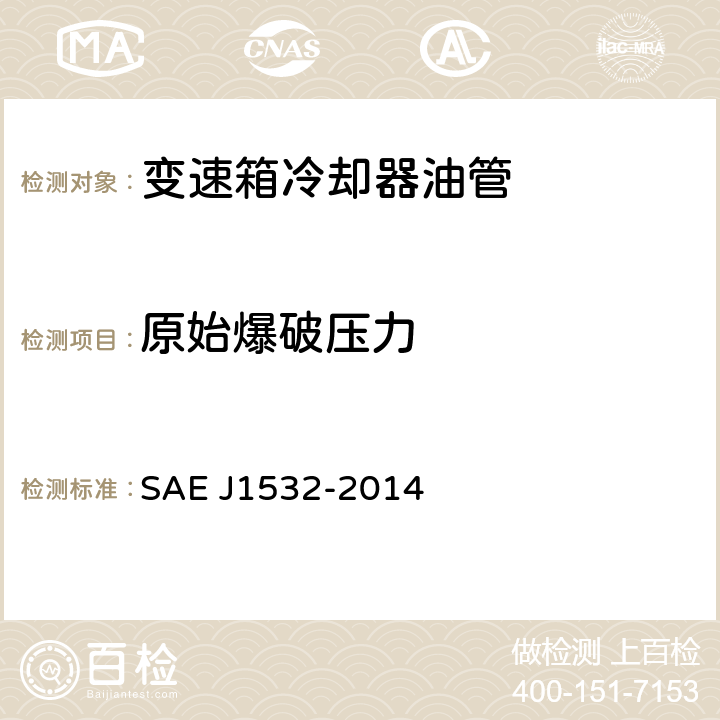

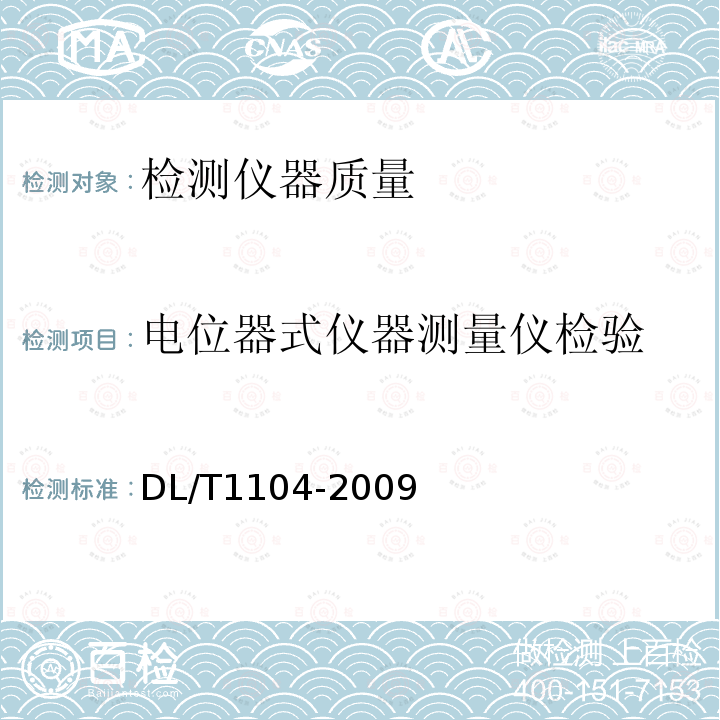
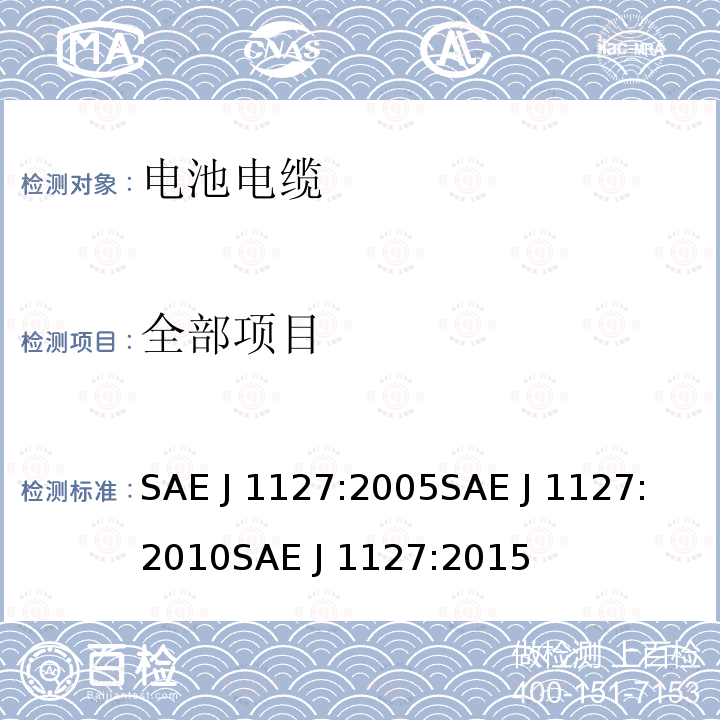
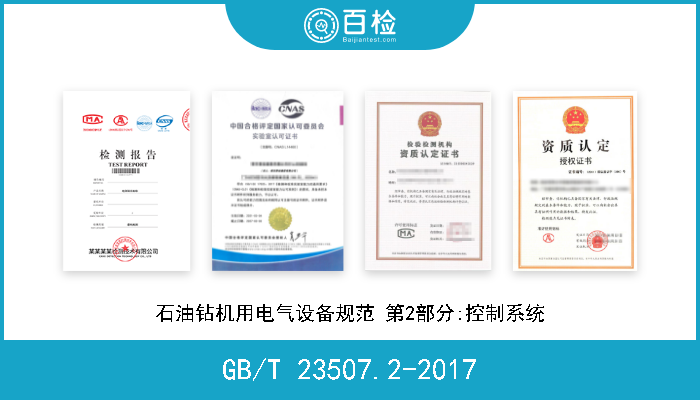

.png)

